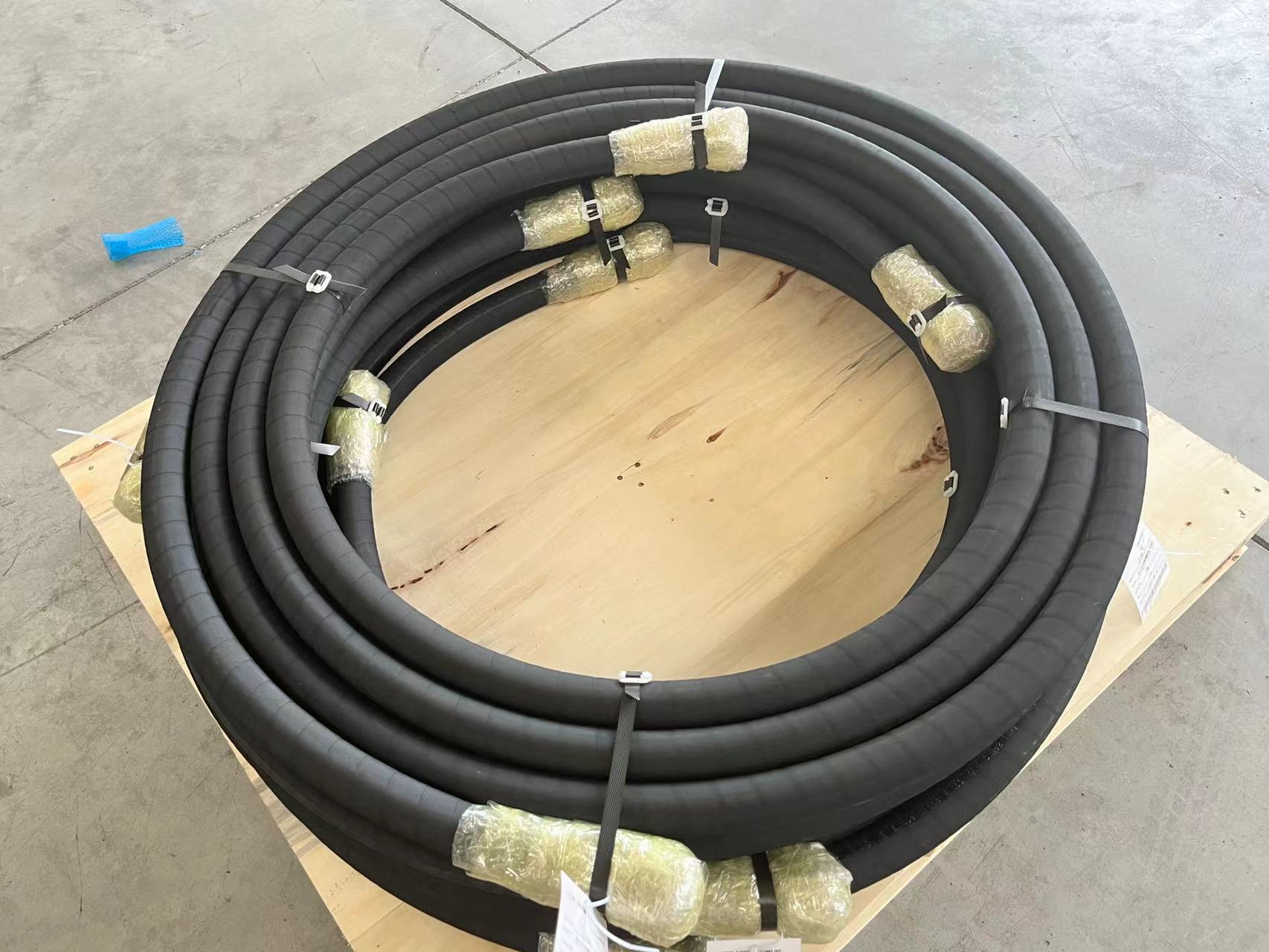Why It's Important to Inspect Hydraulic Hoses
2023-07-04 15:27:41
Hoses are a key component in your hydraulic machinery. Regular maintenance and inspections can save owners a lot of money and downtime.
A hose’s pressure rating and the environment in which it will be used are important considerations when selecting a replacement hose assembly. The STAMPED acronym is a great way to remember the key factors: Size, Temperature, Application, Media, and Pressure.
Flexibility
A hydraulic hose is an essential component for transferring energy-generating liquid. Its flexibility enables components to be positioned inside tight places and across long distances.
A hose must be compatible with the fluid it will transport. Chemical compatibility is determined by analyzing the hose's material and the environment it will operate in.
A braided hose is the most common type of hydraulic hose. It is constructed from a synthetic rubber tube with flexible strength-enhancing windings that can be either steel wire or synthetic fibers. It comes in a wide range of pressure ratings and sizes (usually indicated by the hose's inside diameter, a number that is expressed as 16ths of an inch; for example, -6 is 3/8" i.d). It's popular in hydraulic-powered lift equipment as well as in applications that require high pulse rates, such as mining and oil industries, construction and agriculture.
Durability
It’s important to replace hydraulic hoses when they’re damaged or leaking. This prevents a slow, steady flow of oil or other fluid that can damage the rest of the system and potentially create a serious safety hazard for employees.
It is also important to choose a hose that’s properly rated for the application, such as temperature and chemical compatibility. Avoid using a hose with a pressure capacity that is higher than needed, as excess pressure can shorten its lifespan.
Finally, make sure to follow all safety standards when working with a hydraulic hose. This helps prevent injuries and protects your business against costly liability claims. Also, remember to regularly inspect your equipment for leaks and wear. Preventive maintenance costs three to nine times less than emergency unplanned maintenance.
Pressure Resistance
One of the main factors that determine the quality of a hydraulic hose is its ability to withstand various working pressures and installation conditions. Choosing a hose that is not rated for the pressure it will be subject to can lead to damage or system failure and shorten hose life.
The inner layer is typically made from a durable material such as synthetic rubber, PTFE or thermoplastic and the reinforcement is either a wire braid or a spiral wire. Wire reinforcements add flexibility to a hose while improving its strength.
A good hose will also have a cover that protects it from environmental damage, severe weather conditions, abrasion and sharp objects. Many manufacturers offer a variety of covers with different abrasion resistance levels to fit your application requirements.
Temperature Resistance
Many hydraulic hoses have to operate in harsh environments that require particular temperature resistance. Some can withstand extremely cold environments with freezing temperatures and snow while others are able to transport petroleum oil and liquids that contain high water content.
Typically, there are three basic parts to a hose hydraulic; an inner tube, a reinforcing layer and a protective outer cover. The material used to make the inner tube must be compatible with the fluid that it will transport and should also be able to withstand the pressure of the application.
When a hose is exposed to very low ambient temperatures, it may be unable to transfer the fluid properly. This is because the rubber can change its physical properties at these temperatures and lose its elasticity.
Corrosion Resistance
The fittings used to connect hydraulic hoses to other equipment must be made of materials that resist corrosion in the surrounding environment. Failure to do so can allow corrosive substances to migrate from the hydraulic system and damage it, as well as other components.
Hydraulic hoses are typically made of rubber, thermoplastic polyurethane or Teflon with steel wire reinforcement. Depending on the application, each type of hose has its own benefits and drawbacks.
For example, a steel-braided hydraulic hose is best for petroleum and water-based fluids, operating in temperatures between -40 and 100 degrees Celsius. This style is often used in industrial applications such as iron and steel smelting, construction and F&B. It also powers machinery such as industrial trucks and cranes. It has a reinforced synthetic rubber inner tube, steel wire with one or two braids and an oil-and weather-resistant cover.